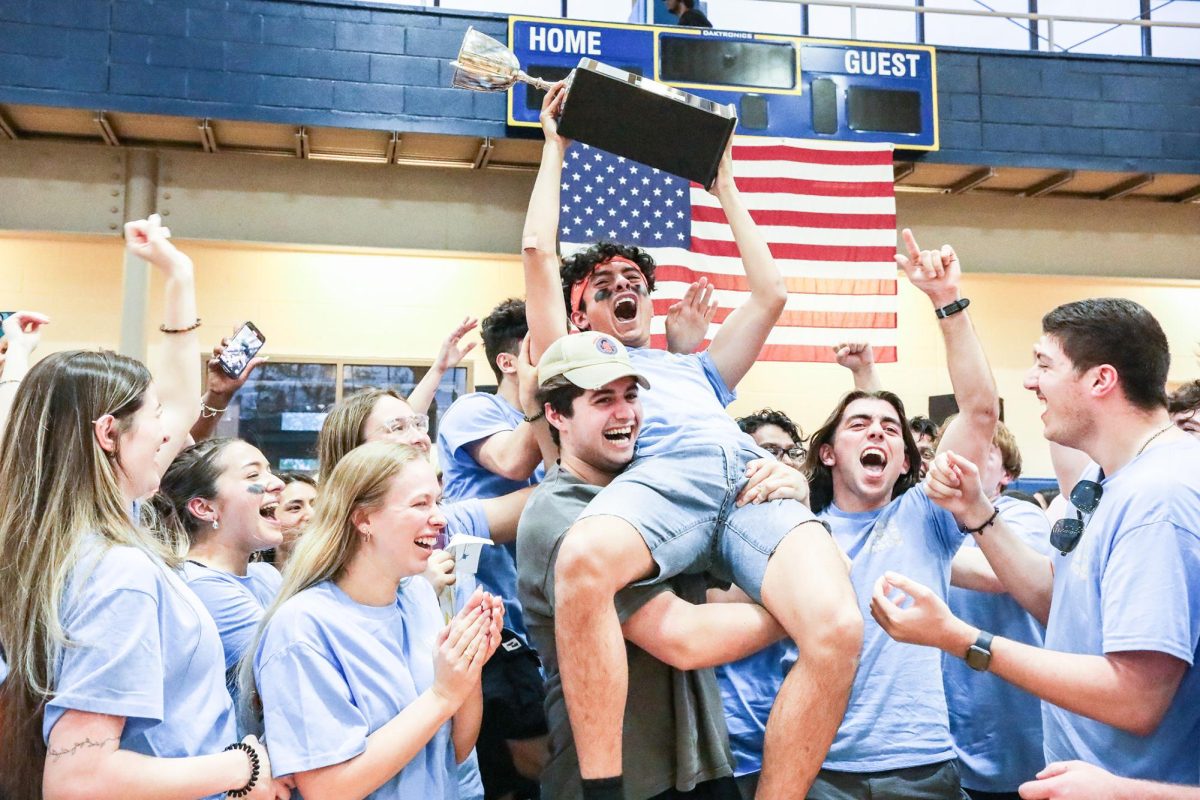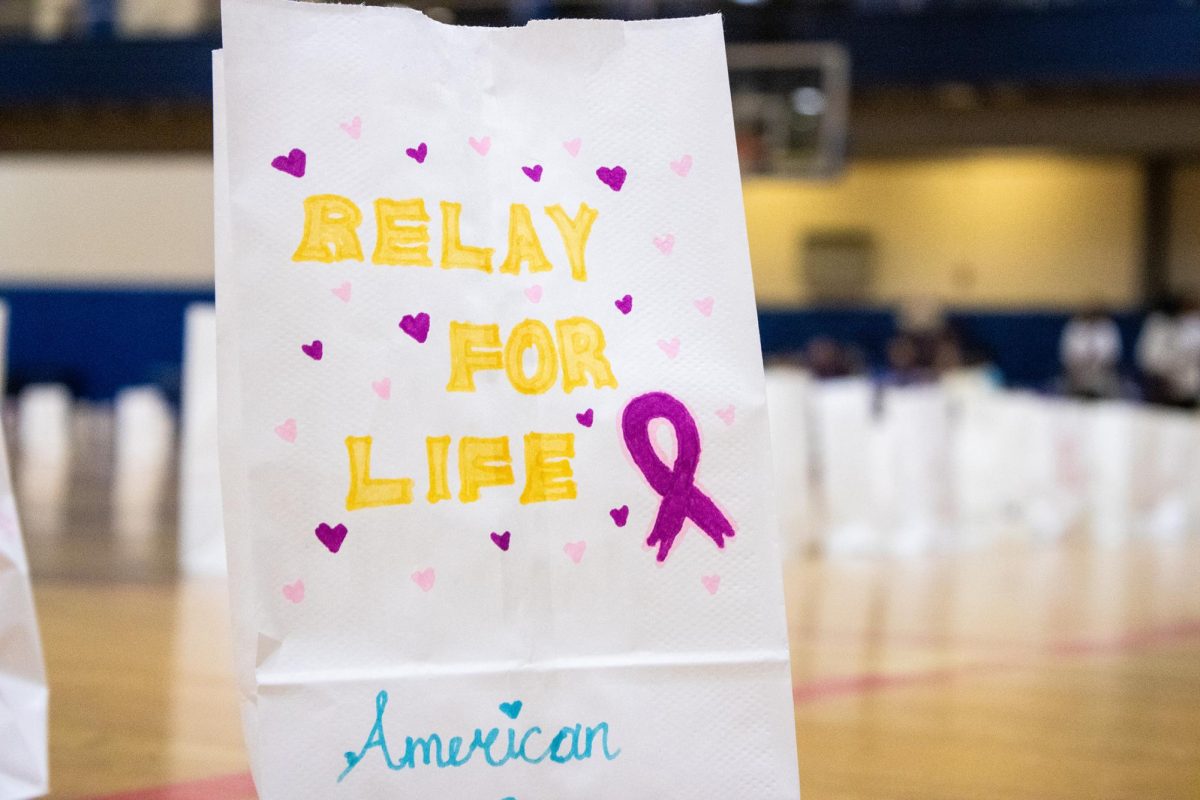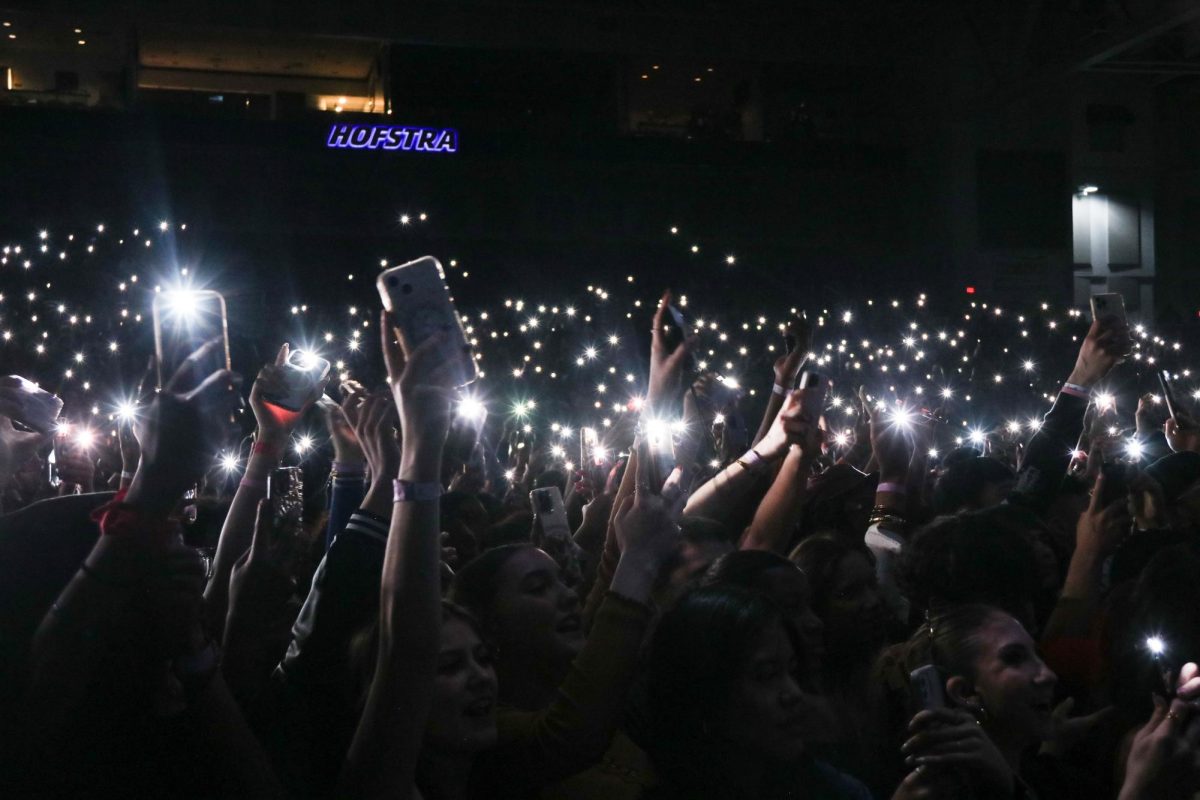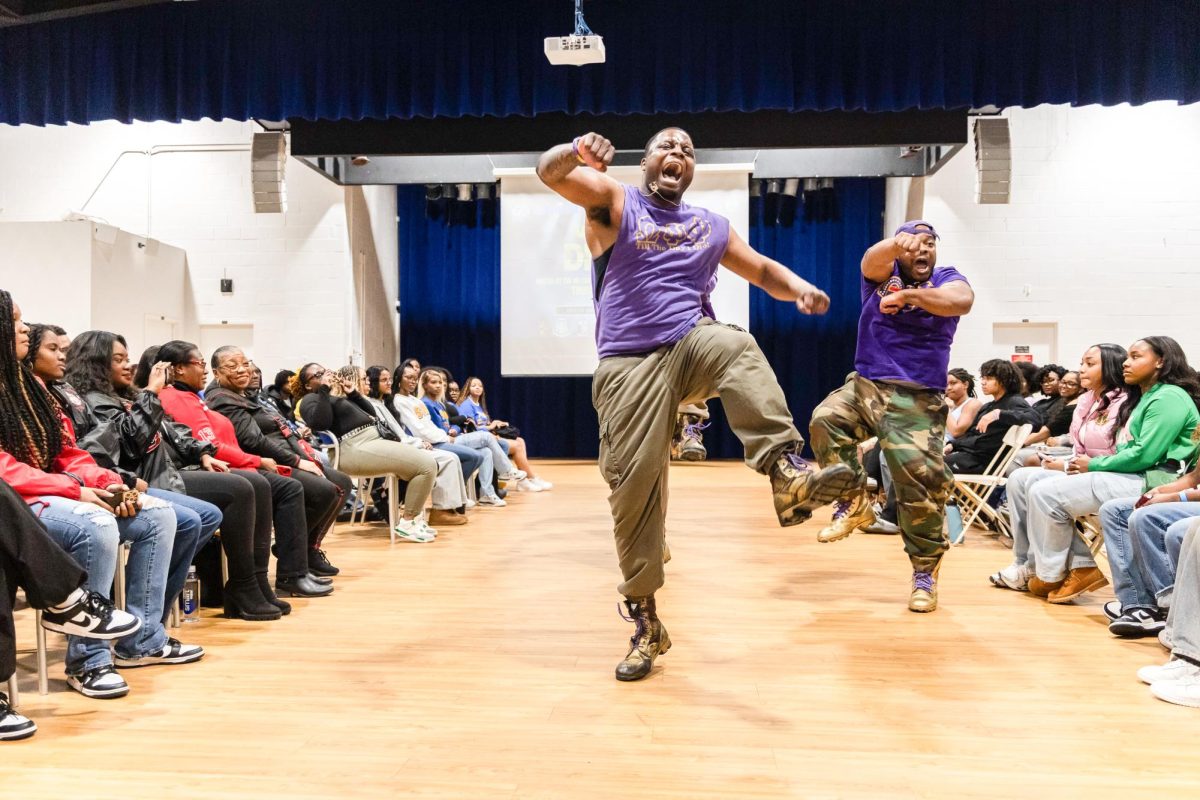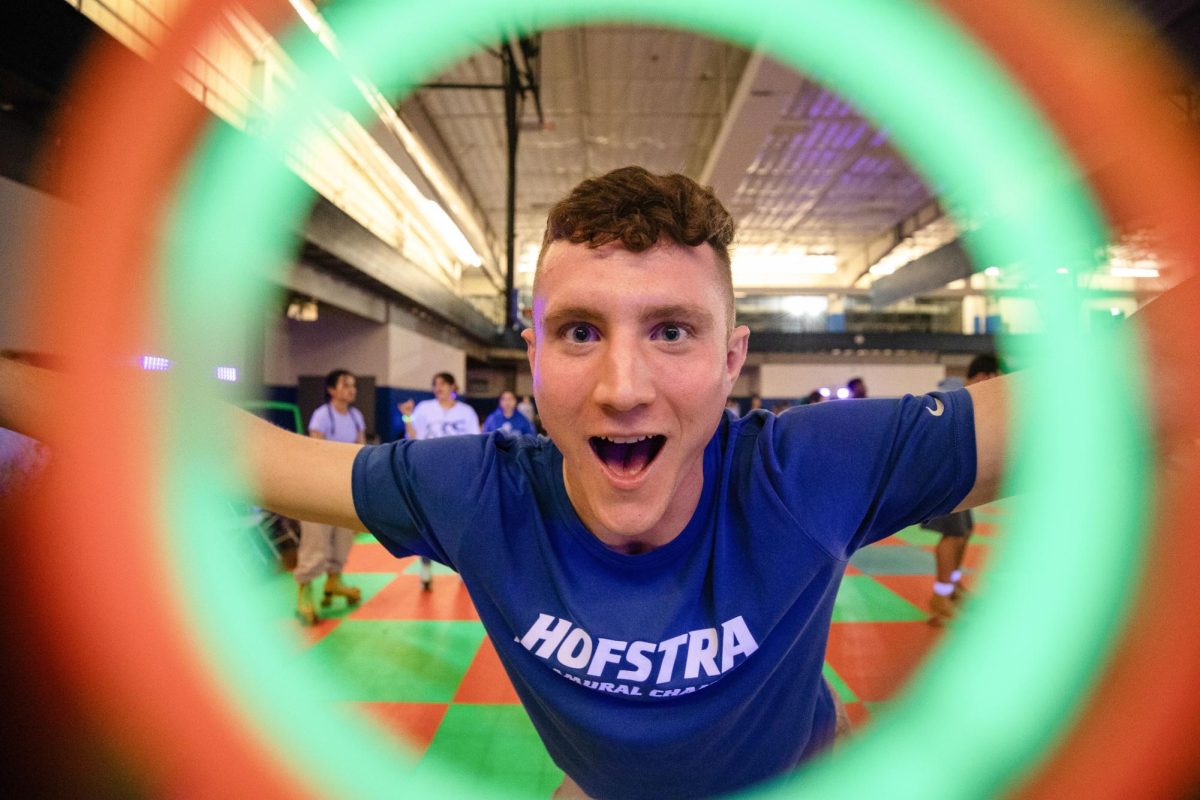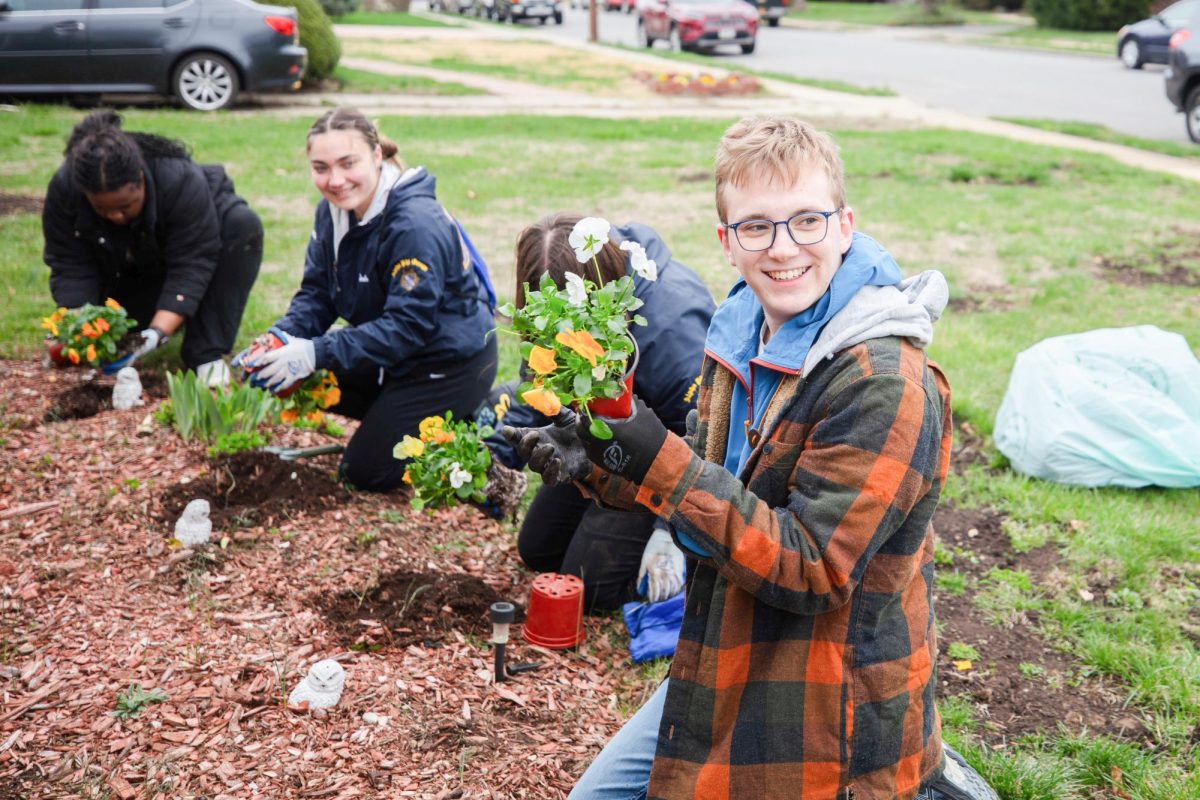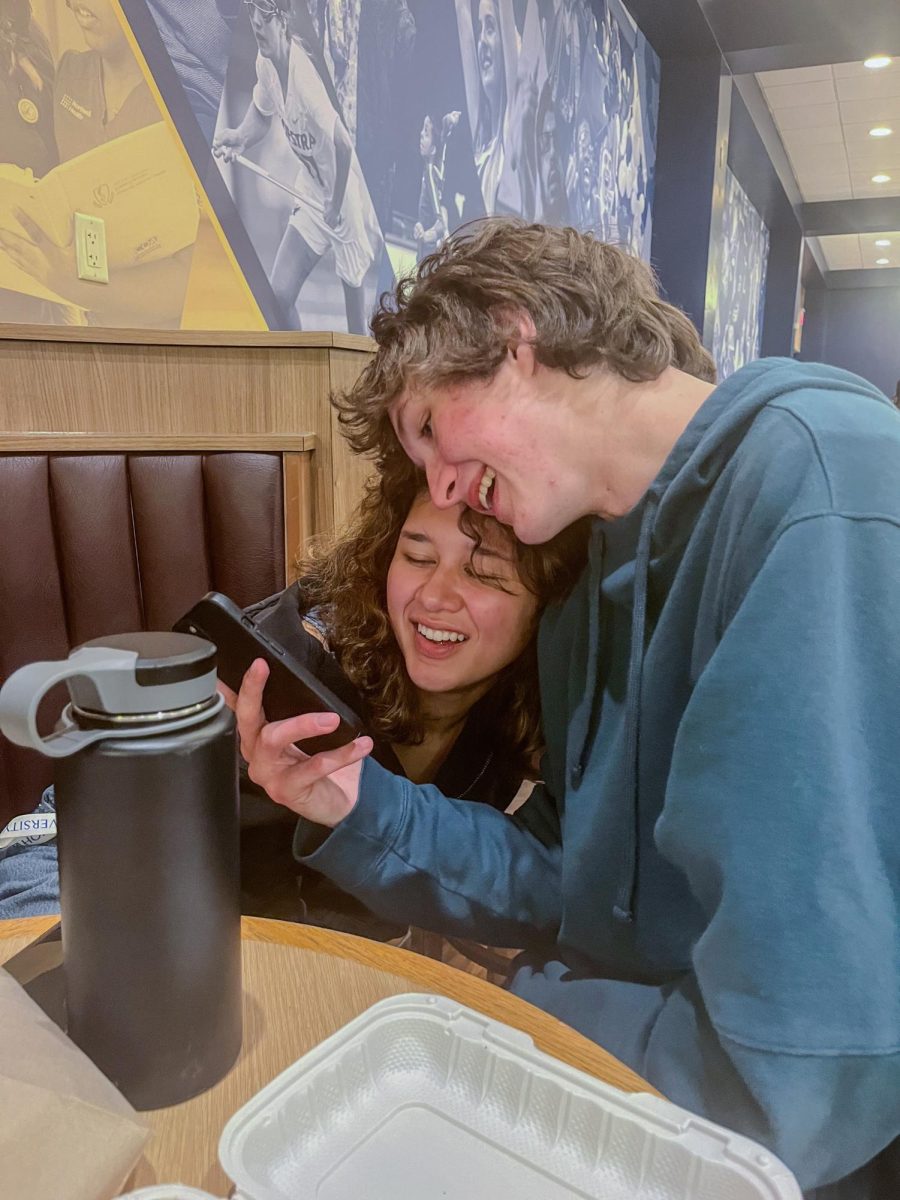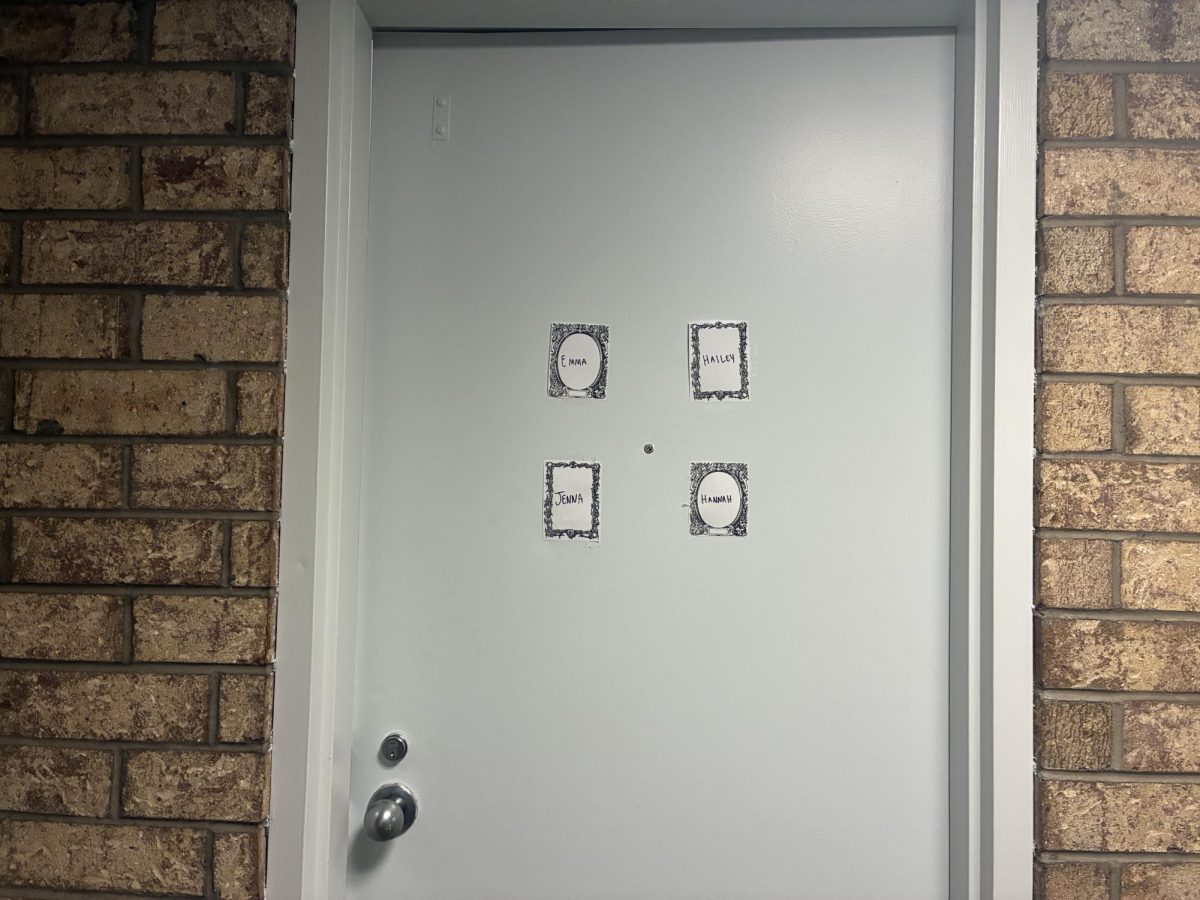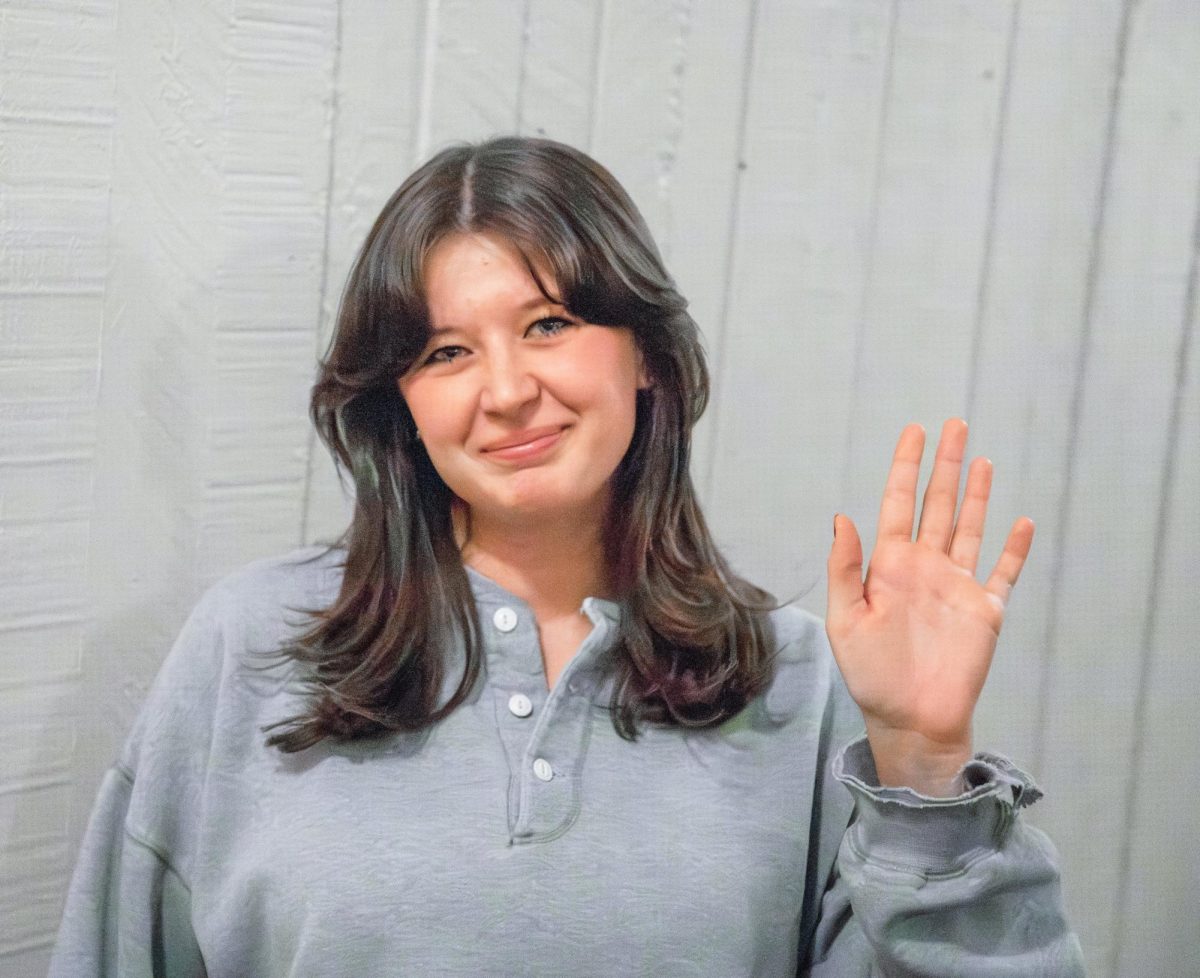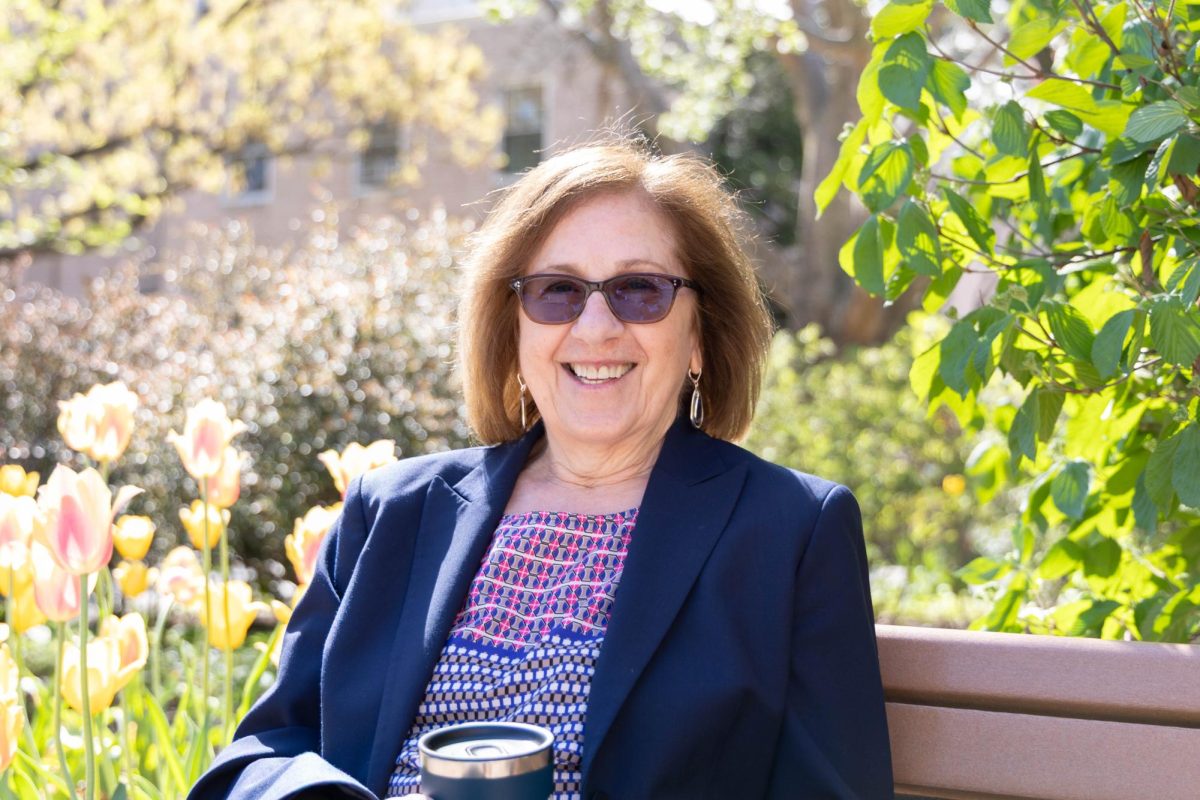By Kirstyn Brendlen
STAFF WRITER
Hofstra health professions professor, David Hymowitz, out of the classroom on a Monday evening at Farmingdale High School unzipped a small blue pouch.
“The problem is, men only see one color. So what color is this box? It’s pink. What color do the women say it is? Peach? OK. So, you take this box – we’ll call it peach for today – this has the medicine in it.”
Hymowitz runs one of Nassau County’s free Narcan training sessions. Narcan, an opioid blocker, is used to reverse the effects of a heroin overdose – an epidemic on Long Island and across the country. In 2016, 197 people died of heroin overdose in Nassau County.
There were 186 people registered for Monday’s training, though Hymowitz estimates there were about 130 people in attendance. Many of them are parents – some with their children, many without. They were able to answer Hymowitz’s questions easily; they knew that today’s heroin is 40 percent pure, as opposed to the 10 percent of heroin’s last boom of the ‘70s and ‘80s.
The hall outside the theater was lined with tables – Central Nassau Guidance and Counseling Services, Narcotics Anonymous and the Nassau County Department of Human Services. They offer a variety of services from meetings to 12-step programs to schedules of support groups.
“Heroin is very much a young adult, middle class, white kid substance that they’re abusing,” Hymowitz said. “That doesn’t mean it’s not in other demographics, it’s just the ones we’re seeing the most, and it seems to be the ones that we’re seeing that are overdosing the most from it.”
That makes Farmingdale High School the perfect venue – Farmingdale is about 85 percent white, according to the 2010 census, with a median household income of over $70,000. The trainers try to conduct trainings where they’re needed, depending on recent overdoses and, sometimes, police reports.
“All of a sudden about a year ago we started seeing an increase in Uniondale. And I started freaking out. Like, Uniondale’s not the same demographics, is it now spreading? What we realized is that it wasn’t Uniondale proper – it was all the off-campus housing from the local colleges,” Hymowitz said. “And there’s like three local colleges. That’s why I’ve done [trainings] at Adelphi, Hofstra … the issue wasn’t that Uniondale was having a problem with heroin, it was students or some of their friends.”
There’s a more recent demographic of attendees as well – heroin users themselves.
“We have people showing up in the audience now that are using opiates because they have something called ‘Designated Narcan.’ So four or five people may get high together using heroin, and one person says, ‘I won’t use, so if any of you overdose, I have the kit to save you.’ It’s still the same intention … we want to get high, but we don’t want to die.”
Before the session begins, two guest speakers stand in front of the audience: Pat, the mother of a 29-year old daughter in recovery, and Grace, a recovering addict herself.
Like many people, Pat’s daughter started on prescription opioids, then turned to heroin as a cheaper alternative when she lost access to the pills.
“It was like living in the center of a storm of insanity. It’s crazy, because she becomes insane, your life becomes insane. The drug is so strong, and the cravings are so strong … an addict lives to get high. They get up in the morning and it’s ‘How am I going to get the money? How am I going to get high?’ And they’ll do anything, so they become liars. Every addict is a liar. Every addict is a thief,” Pat said.
Pat and her daughter struggled for five years. “You have to try an outpatient, so you put them in an outpatient, but then there’s other people in outpatient also doing drugs, so they hook up and they find new people, and they make new connections. So then you send them away upstate, and it’s just … you try every which way.”
Pat and her daughter finally found Vivitrol, a monthly shot of an opioid blocker like Narcan that helps to block the cravings for heroin.
The audience had questions – a woman asked if you can administer Narcan to someone on Vivitrol who’s also used heroin. Michael, an EMT on hand to answer questions, said “you shouldn’t have to.”
Hymowitz then began the training – the first step is recognizing an overdose, which can be difficult. Heroin slows your breathing and heart rate, and can make someone slow to respond – a high can be almost indistinguishable from an overdose.
Narcan is primarily designed to restore normal breathing – it’s stronger than most opioids, and attaches to the opioid receptors in the brain. This stops the effects of heroin, allowing the person, ideally, to be transported to a hospital.
He said once the Narcan has been administered, it’s important not to crowd the person. “They were in pain before they took it, and now that pain is going to come back.” He recommended putting them in recovery position – on the side, one knee pulled up, hand under their head – “and hopefully you’ve already called 911 and they’re already at your door.”
When the small blue kits are handed out, he warned, “I know you’re going to want to play with them, but don’t open them until I tell you to.”
He had everyone go through their bags – one pair of blue gloves, a rescue breathing shield and two of the peach boxes – each containing one 2ml dose of Narcan nasal spray in a small glass bottle. He walks through the steps – pop the yellow cap off the plastic applicator, attach the atomizer – “This is why you have to go through it before, you don’t want to be panicking while you do this” – insert the glass tube of Narcan. Hymowitz and two volunteers sprayed their demo Narcan into the air – “half in one nostril and half in the other.”
When the training completed, attendees filed past the desk outside to collect two cards – a Certificate of Completion and a prescription verifying they can have the Narcan – and then 130 new people were certified to administer Narcan. They joined about 9,000 people who have been trained since 2011.
“I don’t know if there is anything in place of [Narcan],” Hymowitz said. “I’m sure there’s something else in terms of medication and techniques, but if your heart and breathing is shut down … I’m not sure if there’s any other substance that brings you back the way Naloxone does.”

